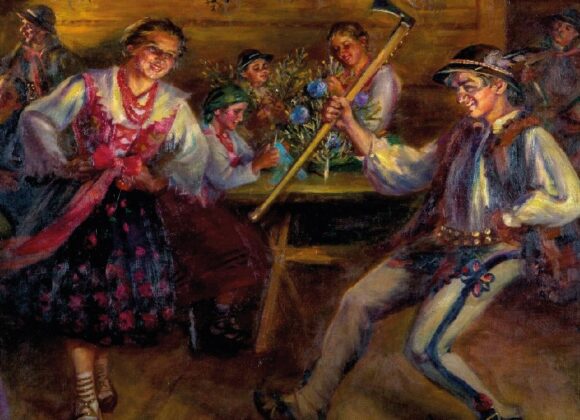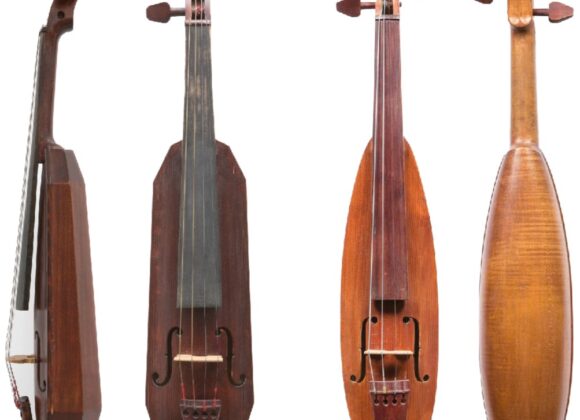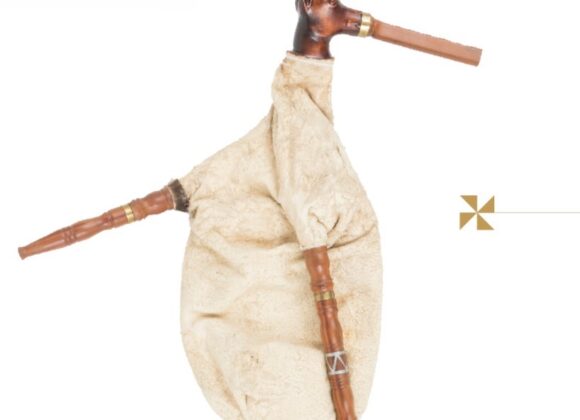Nieustannie poszerzając kolekcję, muzeum nabywa instrumenty od znanych ludowych muzyków oraz ich potomków i badaczy muzyki tradycyjnej. Wśród nabytków znajdują się również obiekty pozyskane dzięki cyklicznemu przedsięwzięciu organizowanemu przez szydłowieckie muzeum od 1985 roku, jakim jest Ogólnopolski konkurs na Budowę Ludowych Instrumentów Muzycznych.
Wystawa ,,Podhale w kolekcji Muzeum Ludowych Instrumentów Muzycznych w Szydłowcu” to instrumenty z historią, za którymi stoją znani i cenieni wytwórcy m.in. Stanisław Graca z Poronina, Adam Kuchta z Bukowiny Tatrzańskiej, Andrzej Bednarz, Bolesław Trzmiel, Tomasz Skupień, Stanisław Łacek, Krzysztof Siuty, Szymon Bafia czy Piotr Majerczyk.
Wybrane obiekty z tego regionu można oglądać na:
- ekspozycjach stałych muzeum znajdujących się w Zamku w Szydłowcu
- ,,Instrumenty… – zobaczyć i usłyszeć tradycję”
- ,,Magia instrumentów. Osobliwości inwencja trzygłosowa”
- platformach internetowych
- www.mimo-international.com (największa na świecie, wolnodostępna baza informacji o instrumentach muzycznych w zbiorach publicznych)
- www.ludowe.instrumenty.edu.pl (baza informacji prezentująca niemal 300 polskich ludowych instrumentów muzycznych)
- Google Arts & Culture udostępniającej wystawę on-line ,,Z etnoświata Chopina. W audiosferze wczesnej młodości Chopina – polskie ludowe instrumenty muzyczne XVII-XXI wieku”
- stronie internetowej muzeum – jako spacery wirtualne.
—
Established in 1968, the Museum of Folk Musical lnstruments in Szydłowiec today boasts a collection of over 2,400 musical artifacts. lt holds the largest collection of traditional musical instruments in the country, representing all ethnographic regions of Poland. The collection includes an extensive and fascinating array of instruments from Podhale. Among these are Podhale bagpipes (koza), złóbcoki (a Polish ethnic string instrument), violins, basses, various types of pipes, shepherd’s horns, and trombits, dating from the 18th to the 20th century. The oldest instrument from this region is a złóbcoki dated 1705.
The museum continually enhances its collection by acquiring instruments from renowned folk musicians, their descendants, and researchers of traditional music. Additionally, since 1985, the museum has acquired objects through the National Competition for the Construction of Folk Musical lnstruments, a recurring event it organizes.
The Podhale instruments in the Museum of Folk Musical lnstruments in Szydłowiec are backed by a rich history and are crafted by well-known and respected makers such as Stanisław Graca from Poronin, Adam Kuchta from Bukowina Tatrzańska, and Andrzej Bednarz, Bolesław Trzmiel, Tomasz Skupień, Stanisław Łacek, Krzysztof Siuty, Szymon Bafia from Zakopane, and Piotr Majerczyk from Chabówka.
Selected items from this region are displayed:
- in the museum’s permanent exhibitions
- lnstruments… – To see and hear tradition
- The Magie of lnstruments. Peculiarities of ”three-voice invention” located in Szydłowiec Castle
- on online platforms:
- www.mimo-international.com (the world’s largest freely accessible database of information about musical instruments in public collections)
- www.ludowe.instrumenty.edu.pl (a database of information presenting nearly 300 Polish folk musical instruments)
- the Google Arts&Culture platform providing access to the online exhibition From Chopin’s Ethno-world. The early soundscape of Chopin’s youth-Polish folk musical instruments from the 17th to the 21st centur, is presented in more than a hundred photographs and through a virtual tour of the museum’s permanent and temporary instrumentological exhibitions.


















